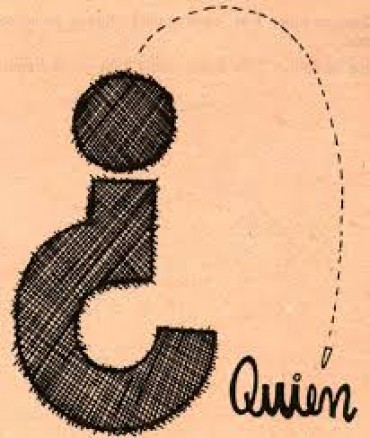
- 357 Lê Hồng Phong, P.2, Q.10, TP.HCM
- Hotline 1: 1900 7060
Hotline 2: (028) 3622 8849
Bài 6 : Tính từ sở hữu
Tính từ sở hữu được dùng để chỉ sự sỡ hữu của một ai đó đối với một cái gì đó. Các tính từ này thường đứng trước danh từ và hợp với giống và số của danh từ.
Tiếng Tây Ban Nha co 2 dạng tính từ sở hữu, dạng ngắn đứng trước danh từ và dạng dài đứng sau danh từ.
>> Ôn bài: http://hoctiengtaybannha.com/v45/bai-5.html
Dưới đây là dạng tính từ ngắn :
Note that the possessive adjectives vary by number and gender. The change is with the nouns they modify, not with the person(s) who own or possess the object. Thus you would say "his book" and "her book" in the same way: su libro. Some examples:
As you might imagine, su and sus can be ambiguous, since they can mean "his," "her," "its," "your" or "their." If the use of su or sus doesn't make the sentence clear, you can use defollowed by a prepositional pronoun instead:
In some areas, de él, de ella and de ellos are preferred over su and sus for saying "his," "her" and "their," even where no ambiguity is present.
Overuse of the possessive adjectives: The possessive adjectives are used in most cases in the same way as they are used in English. However, you should be aware that in many instances — especially when speaking of body parts, clothing and items intimately associated with an individual — Spanish uses the definite article (el, la, los or las), the equivalent of "the," instead of possessive adjectives.
Sam arregla el pelo. (Sam is combing his hair.) Ella juntó las manos para orar. (She joined her hands to pray.) Ricardo rompió los anteojos. (Ricardo broke his glasses.)
Repetition of possessive adjectives: In English, it common to use a single possessive adjective to refer to more than one noun. In Spanish, a single possessive adjective can refer to only one noun, unless the multiple nouns refer to the same persons or objects. For example, "son mis amigos y hermanos" would mean "they are my friends and siblings" (with the friends and the siblings being identical persons), while "son mis amigos y mis hermanos" would mean "they are my friends and siblings" (the friends not being the same people as the siblings). Similarly, "my cats and dogs" would be translated as "mis gatos y mis perros."
>> Học tiếp: http://hoctiengtaybannha.com/v47/bai-7.html
THƯ VIỆN LIÊN QUAN

Tính từ chỉ số lượng

Tính từ nghi vấn

Bài 3 : Đại từ nghi vấn

Câu phủ định
Hoặc gọi ngay cho chúng tôi:
1900 7060
Chính sách bảo mật thông tin | Hình thức thanh toán
Giấy chứng nhận đăng ký doanh nghiệp số 0310635296 do Sở Kế hoạch và Đầu tư TPHCM cấp.
Giấy Phép hoạt động trung tâm ngoại ngữ số 3068/QĐ-GDĐT-TC do Sở Giáo Dục và Đào Tạo TPHCM cấp.
Lịch khai giảng
TÌM KIẾM LỊCH KHAI GIẢNG